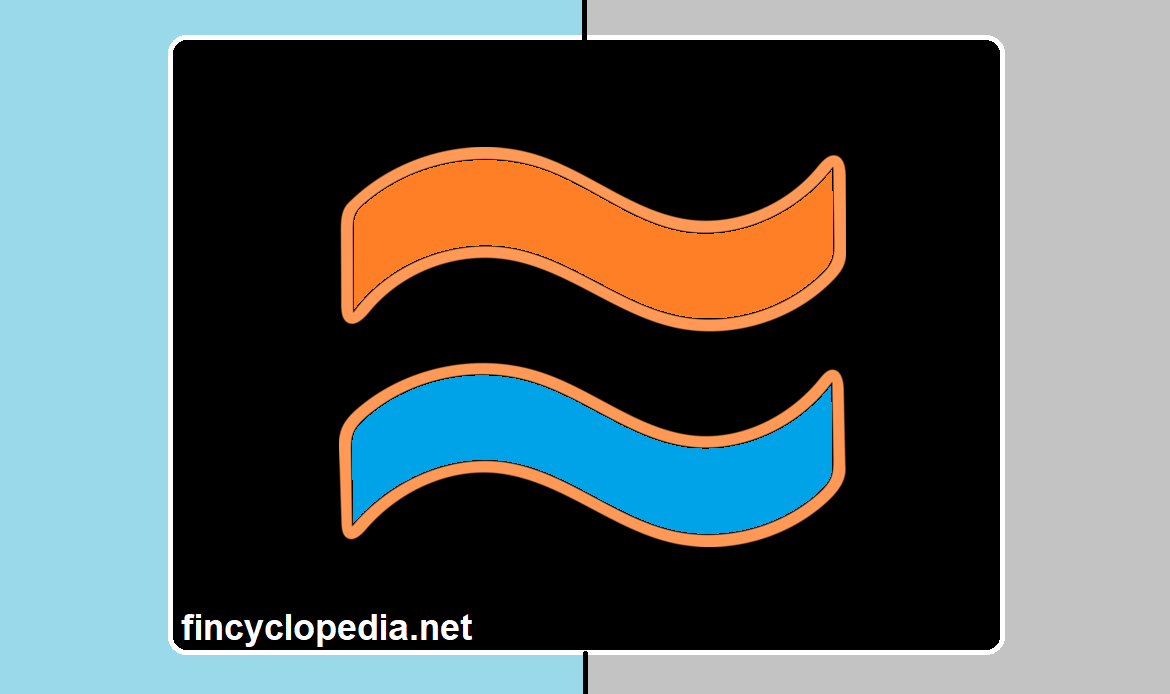A derivative that is added to a financial asset or financial liability or generally to a non-derivative contract (also known as host contract). The embedded derivative necessitates a modification to a portion of the contract’s cash flows as a result of changes in a financial variable, such as an interest rate, foreign exchange rate, commodity price, or credit rating. More specifically, this derivative holds resemblance to a standalone derivative only in terms of the effect. Otherwise, it is only a form of an implicit or explicit term added to the contract, affecting some or all of the cash flows or the values of certain exchanges prompted by, or associated with the contract.
As per mainstream accounting principles and practices, the embedded derivative is bifurcated or separated from the host contract and is accounted for each in its own. However, bifurcation may not be required in specific cases where the host contract and embedded derivative are closely related in terms of economic and risk characteristics.
Examples of embedded derivatives include call and put options (also dubbed embedded calls/ embedded puts) added to debt instruments (such as convertible bonds, etc.): such derivatives do not require bifurcation and separate accounting.
It is possible for a contract to have more than one embedded derivative (i.e., multiple embedded derivatives).







